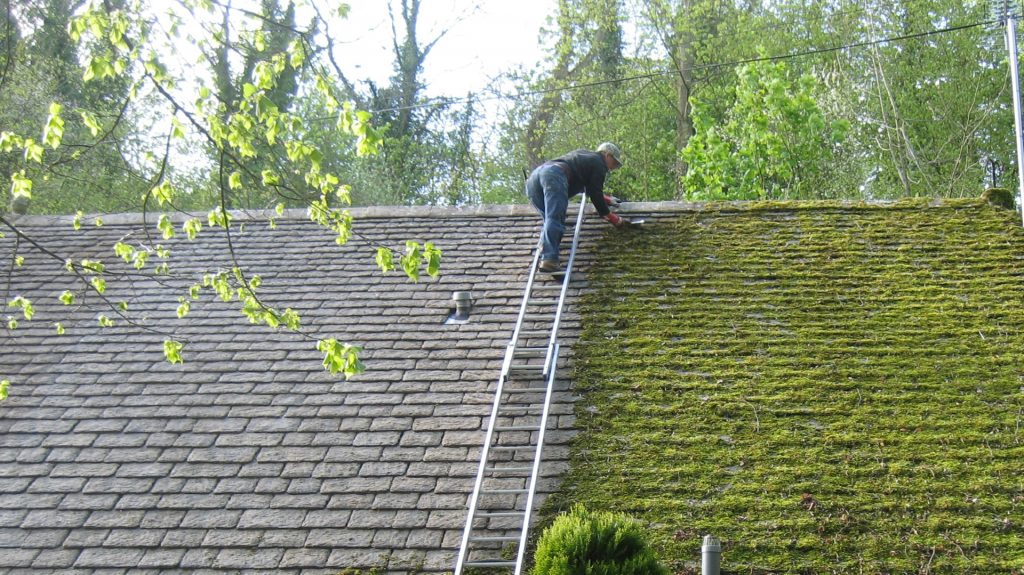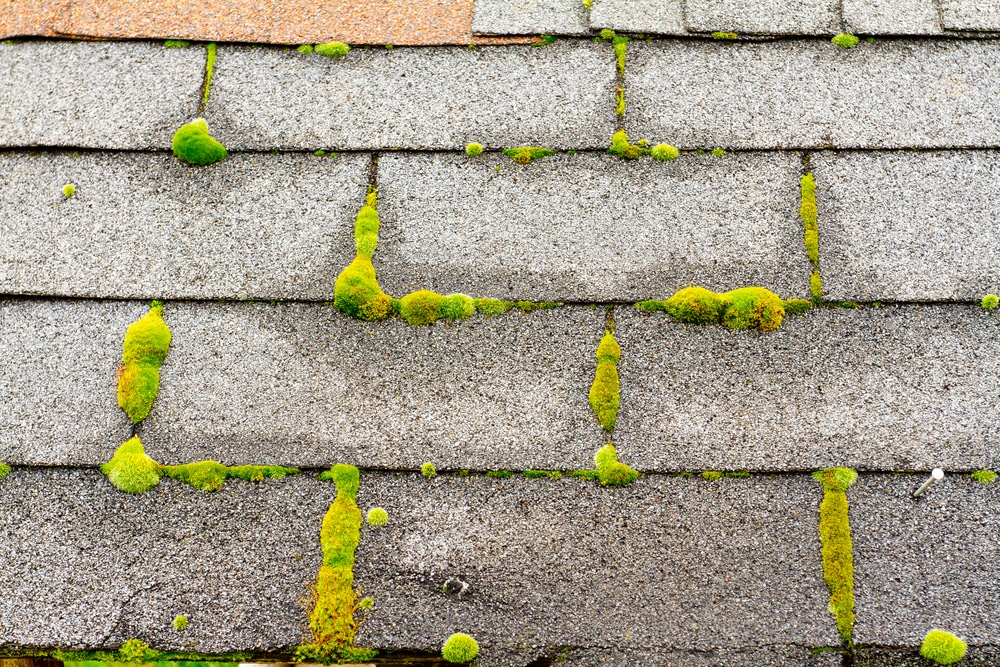Moss growth on a roof can be a persistent issue, especially during winter when moisture levels are high, and sunlight exposure is limited. Left unchecked, moss can cause damage to roofing materials, leading to costly repairs. While winter may not seem like the ideal time for roof maintenance, it is possible to safely and effectively remove moss even during the colder months. Understanding the right techniques and precautions can help homeowners protect their roofs and extend their lifespan.
Understanding Why Moss Thrives in Winter
Moss is a resilient plant that thrives in damp, shaded environments. During winter, the combination of rain, snow, and limited sunlight creates the perfect conditions for moss to spread across a roof. Unlike other plants, moss does not require soil to grow. It clings to shingles and other roofing materials, retaining moisture and creating an environment that accelerates roof deterioration. If moss is left to grow unchecked, it can lift shingles, cause leaks, and even lead to structural damage.
The best way to prevent long-term damage is to address moss growth as soon as possible. While winter conditions can make roof maintenance more challenging, taking the right approach can lead to successful moss removal without causing harm to the roof or the person doing the work.
Choosing the Right Time for Moss Removal
Winter brings challenges such as icy surfaces, cold temperatures, and unpredictable weather conditions. To ensure safety and effectiveness, it is important to choose the right time for moss removal.
A dry day with mild temperatures is the best time to work on the roof. Ice and frost can make the surface extremely slippery, increasing the risk of accidents. If possible, wait for a period of dry weather to improve traction and stability. Early winter, before heavy snowfall, or late winter, when the snow starts to melt, can provide better conditions for roof maintenance.
Using Safe Removal Techniques
Moss removal during winter requires special care to avoid damaging the roof or injuring yourself. There are several methods available, but not all are suitable for cold weather conditions.
A gentle approach is always the best option. Using a stiff brush or a soft broom, it is possible to carefully sweep away loose moss without damaging shingles. Excessive force should be avoided, as it can remove protective granules from asphalt shingles, making them more vulnerable to further damage.
If moss has formed thick patches, a moss-killing solution can be applied to help break it down. Many commercial moss removal products are available, but a homemade solution of water and mild dish soap can also be effective. Applying the solution and letting it sit for a while will loosen the moss, making it easier to remove.
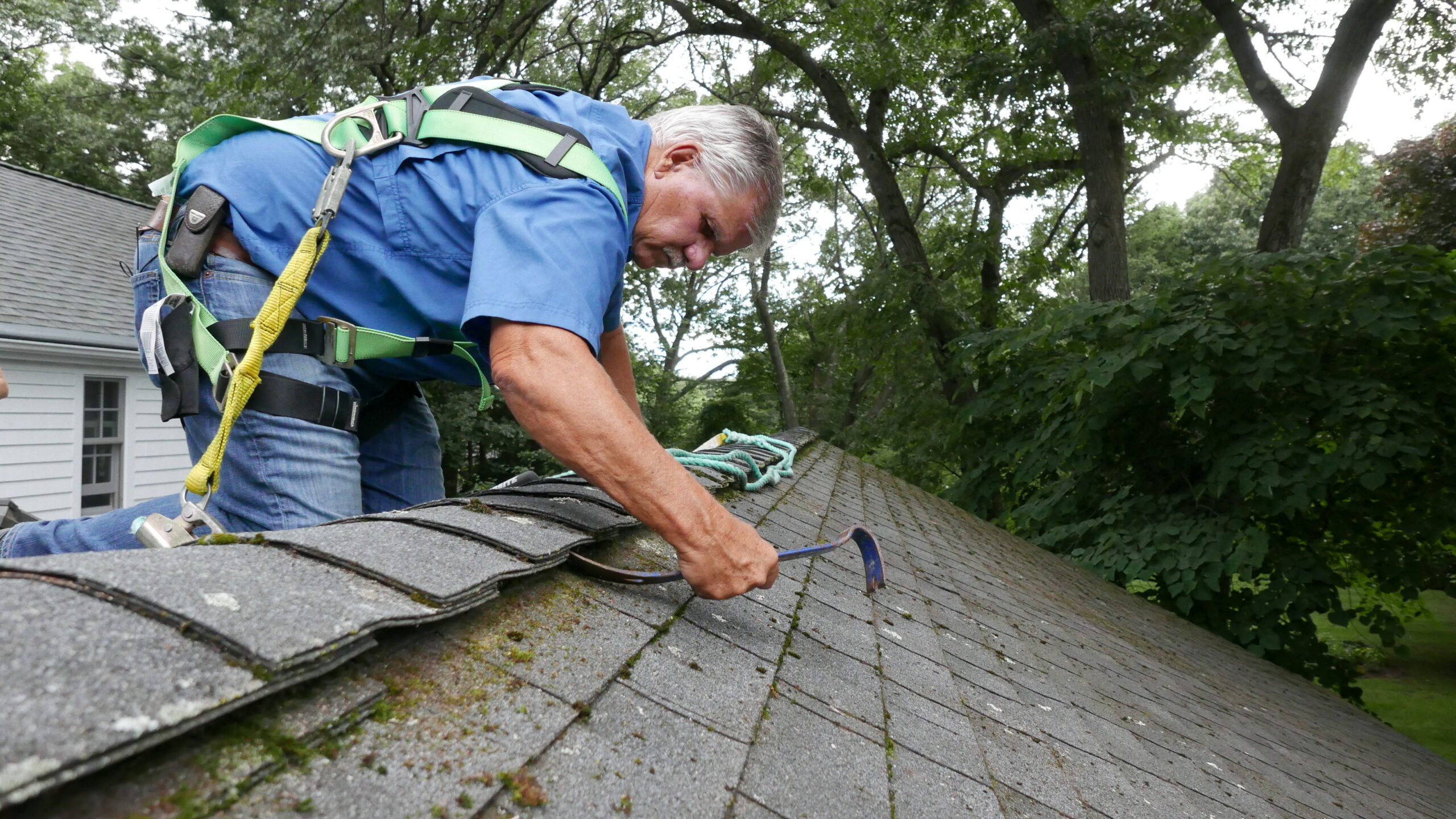
Avoiding Pressure Washing and Harsh Chemicals
Some homeowners may consider using a pressure washer to remove moss quickly. However, this method is not recommended, especially during winter. High-pressure water can force moisture under shingles, leading to leaks and water damage inside the home. Additionally, the impact can weaken shingles, making them more susceptible to wind and further wear.
Harsh chemicals should also be avoided. While some chemical treatments may kill moss effectively, they can cause discoloration and deterioration of roofing materials. Some chemicals may also run off into gutters and downspouts, potentially harming plants and landscaping. A gentler, more natural approach is usually the safest choice.
Taking Safety Precautions
Working on a roof during winter presents safety challenges that should not be underestimated. Cold weather, icy surfaces, and strong winds increase the risk of slips and falls. Prioritizing safety is essential for anyone attempting moss removal.
Wearing proper footwear with good traction can help prevent slipping. A harness and rope system may provide additional security when working on steep roofs. If conditions seem too dangerous, hiring a professional roofing contractor may be the best option.
Using a sturdy ladder with stabilizers can make it safer to access the roof. The ladder should be placed on a level surface, and someone should be present to provide assistance if needed. In some cases, moss removal can be performed from the ground using a telescoping roof brush, reducing the need to climb onto the roof altogether.
Preventing Future Moss Growth
Once moss has been removed, taking steps to prevent regrowth can save time and effort in the future. Moss tends to return quickly if the underlying conditions remain unchanged. Improving sunlight exposure and reducing moisture retention are two key strategies for keeping moss at bay.
Trimming overhanging tree branches can allow more sunlight to reach the roof, creating a less hospitable environment for moss. Cleaning gutters regularly ensures proper drainage, preventing excess moisture from accumulating along the roofline. Installing zinc or copper strips along the ridge of the roof can also help, as these metals release particles that inhibit moss growth when it rains.
Routine roof inspections and maintenance throughout the year can help detect early signs of moss before it becomes a major problem. Addressing minor growth during the warmer months can make winter maintenance easier and reduce the need for extensive removal efforts.
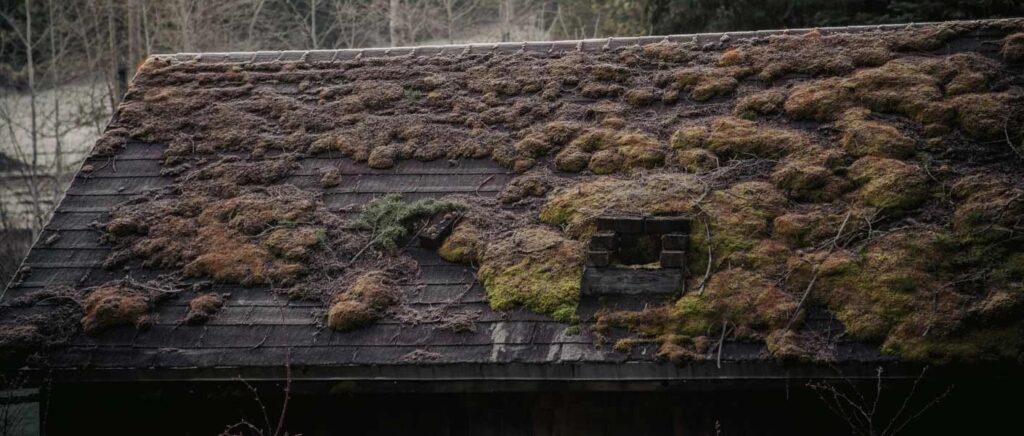
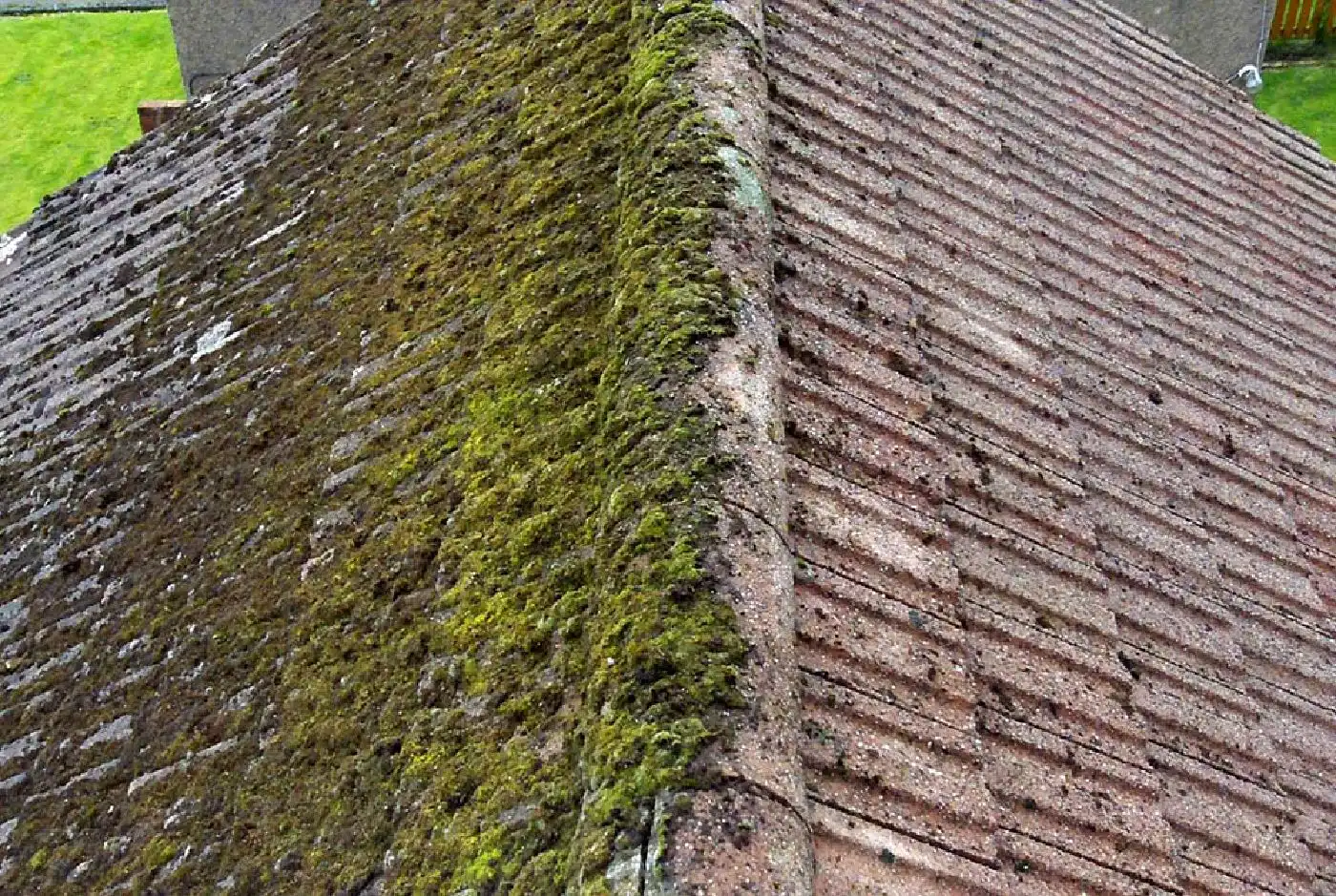
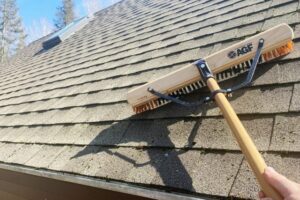 Moss growth on a roof can accelerate the deterioration of roofing materials, which, in turn, creates new opportunities for pests to enter a home. As moss spreads, it forces its way into small cracks and gaps in shingles, loosening them over time. These weakened areas become prime entry points for insects and small animals.
Moss growth on a roof can accelerate the deterioration of roofing materials, which, in turn, creates new opportunities for pests to enter a home. As moss spreads, it forces its way into small cracks and gaps in shingles, loosening them over time. These weakened areas become prime entry points for insects and small animals.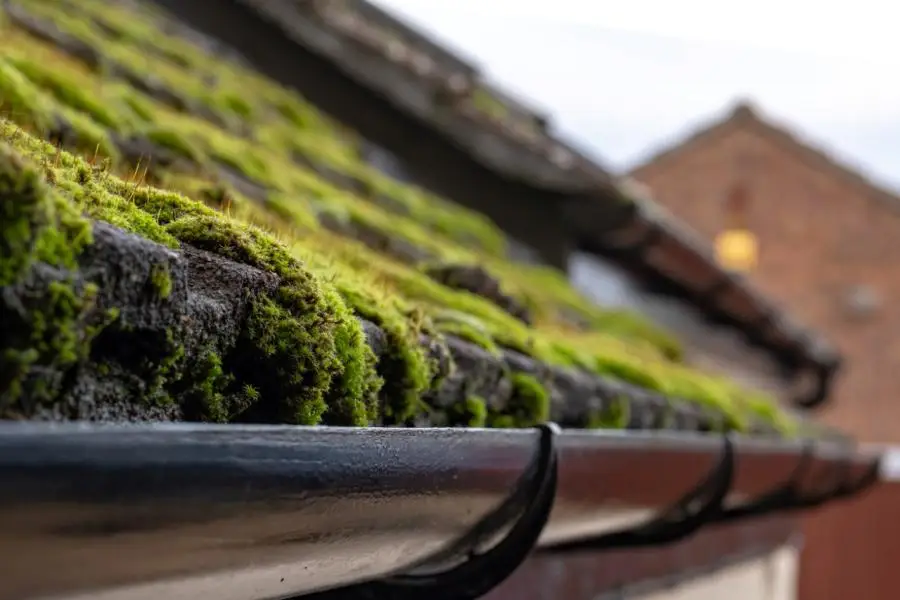
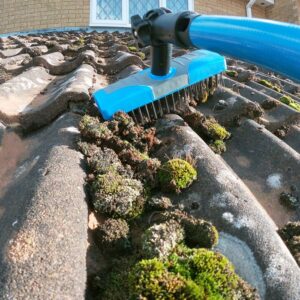 One of the most innovative approaches to roof moss removal is the use of eco-friendly cleaning solutions. Traditional chemical treatments often contain harsh substances that can harm surrounding vegetation and pose risks to pets and humans. Modern biodegradable solutions, however, provide an effective alternative. These treatments break down moss without causing harm to the environment.
One of the most innovative approaches to roof moss removal is the use of eco-friendly cleaning solutions. Traditional chemical treatments often contain harsh substances that can harm surrounding vegetation and pose risks to pets and humans. Modern biodegradable solutions, however, provide an effective alternative. These treatments break down moss without causing harm to the environment.